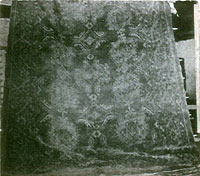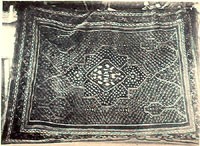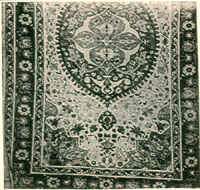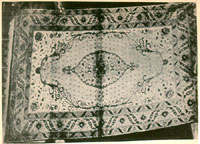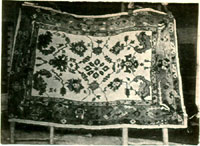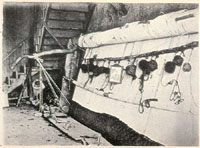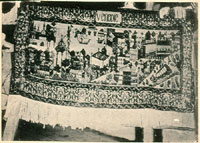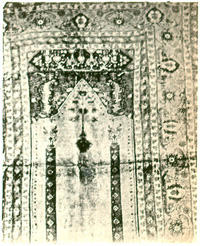 |
|
|
||||||||||||||
|
Shavrov
Goes To Turkey N. N. Shavrov worked in Tiflis (Tblisi) in a regional headquarters of the agriculture department of Imperial Russia. He was the expert on Caucasia’s silk industry, his publications and books a key source concerning that activity. He also was knowledgeable in matters apian, writing on that subject as well. Bureaucrats such as Shavrov with responsibility for supporting the kustar’ (home craft) industry had a keen interest in modernization; since such a large part of the population made carpets and textiles, looms and designs were very much on the agenda for change. Production on the one hand, marketing on the other. So, in 1901 Mr. Shavrov betook himself to Anatolia, observed what he could, gathered information, returned, and wrote a book.a The book covers rug making beyond Anatolia, but only cursorily. The Anatolia data are quite detailed – sizes, knot counts, and the like. A person who knows the rugs and can handle the Russian text may find it interesting. One element, however, is readily accessible to all, the photographs – bad as they are -- for the most part involving looms -- are reproduced below. With one possible exception -- Brussa (aka nowadays Bursa) -- the weaving location portrayal seems unexceptionable, as does the list for wool dyestuffs except for reds: madder, cochineal, as well as kermez (cherbets duba, oak tree worm, Coccus ilicis). There is some emphasis on Smyrna and identification of its weaving nodes as Demirzhi, Ak-Hissar, Gordes, and Kula. Konia is apparently next in significance with seven subsidiary centers the most important of which is Zille with 130 working looms. Karaman (a broad geographic term) is next in scale of production. Carpet-making in Brussa is enigmatically noted as “not too few”, i.e. some, (ne malo) and cited for its home weaving on the part of both Moslems and Armenians. The basis for the sketch map isn’t evident. The map is fairly illegible even in the book and worse as reproduced here. The different red tones reflect the degree of weaving activity, running from lightest to darkest, as follows: “only weakly developed”, “developed”, “industry is important”, “the principal region of carpet-making”. For an earlier but of the period snapshot of Smyrna and Ushak weaving,
As for the pictures, locations are given, and one or two new designs
identified. a N. N. Shavrov, Kovrovoe Proizvodstvo b Maloi Azii, Tiflis, 1902. For an earlier but of the period snapshot of Smyrna and Ushak weaving,
|
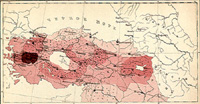
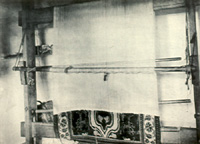
sm.jpg)
sm.jpg)
